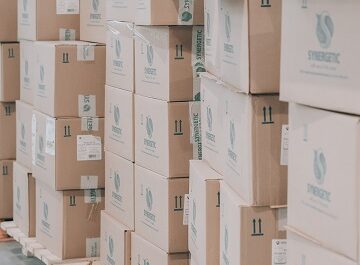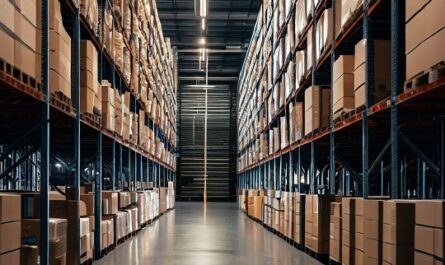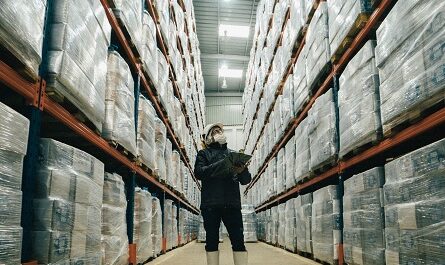In the logistics world, being efficient is really important. Businesses want to make their operations smoother, and one way they do this is by arranging containers in the best way possible when transporting goods.
But here’s the thing: Is there a standard way to do this?
Let’s take a closer look at why it might be hard to standardize container arrangements and what we can do about it.
Before we go further into this topic, don’t forget to follow my LinkedIn account. You’ll get more helpful insights on supply chain management there.
Table of Contents
Understanding Container Vanning Layouts
Container loading, or vanning, is super important in logistics. It’s all about packing stuff into a shipping container just right, so it’s safe and efficient to transport.
This means arranging things so they fit well and don’t get damaged during the trip.
When done smartly, it saves businesses money and keeps customers happy.
Efficient container loading is a big deal in industries that rely on shipping goods internationally.
By packing things properly, companies can avoid damage and keep their supply chains running smoothly.
Plus, it’s good for the environment because it reduces the need for extra shipments or wasted space in containers.
So, businesses need to invest time and effort into figuring out the best ways to load containers.
It helps them save money, keep customers happy, and stay competitive in today’s global market.
The Quest for Standardization
Having standardized layouts for loading containers is really important for making logistics smoother and supply chains work better.
When businesses stick to these standard layouts, it makes sure that each shipment is consistent, which reduces mistakes and makes planning easier for managers.
Plus, it helps with automating processes in warehouses and during loading and unloading, which saves time and money.
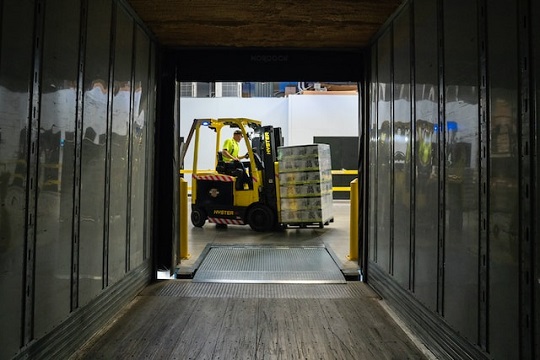
Standardized layouts also make it easier to track containers and manage them throughout their journey, which improves visibility and collaboration between different groups involved in shipping. This makes operations run more smoothly and speeds up delivery times.
So, using standardized layouts not only makes individual logistics processes more efficient but also makes the whole supply chain work better.
Conditions Favoring Standardization
A few things affect whether we can standardize how we load containers.
Uniform Cargo Dimensions
Using standard sizes and shapes for cargo is really important for making sure we can load containers efficiently and safely.
When businesses follow these standard dimensions, like the ones set by international groups such as ISO, it helps them stack and arrange items in a predictable way.
This predictability is key for using space well in containers and making sure the weight is balanced, which keeps the cargo stable during travel.
Plus, it makes planning easier for managers because they know how different items will fit together, reducing mistakes and making things run smoothly.
Standard cargo sizes and shapes also make it easier for containers to move between different types of transportation and handling equipment.
Containers with standard cargo can go from trucks to trains to ships and warehouses without needing lots of changes.
This flexibility makes the supply chain more agile and helps things move faster.
It also makes the supply chain more resilient because standard cargo sizes work with lots of different equipment and storage facilities, no matter where they are in the world.
Consistent Weight Distribution
Making sure that the weight is evenly distributed in shipping containers is really important for keeping everything safe and making transportation run smoothly.
When the weight isn’t balanced, it can make the container unstable during travel, which could lead to accidents like tipping over or cargo shifting around.
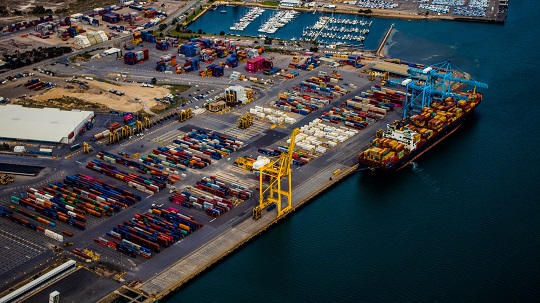
This not only puts the cargo and people at risk but also costs a lot of money for shipping companies.
Logistics managers need to carefully arrange the weight of items inside the container to avoid these risks and make sure goods travel safely.
Having balanced weight distribution also helps save fuel and reduces wear and tear on transportation vehicles because containers with even loads are easier to handle and move around.
This means faster loading and unloading times and better overall logistics operations.
Balanced weight distribution also makes shipping containers last longer.
When weight is unevenly distributed, it puts extra stress on certain parts of the container, which can cause damage over time.
By focusing on balanced weight distribution, shipping companies can make their containers last longer, saving money on maintenance and replacements.
This also helps the environment by reducing the need for making new containers and disposing of old ones.
So, making sure weight is evenly spread in shipping containers is crucial for both safety and efficiency in transportation logistics.
You might also like:
- 10 Ways Supply Chain Management Can Contribute to Business Profits
- 10 Conditions in which 3PL Costs Are More Expensive than Managing Logistics Yourself
Compatible Packaging
Creating packaging that fits perfectly into standard container sizes is really important for making the vanning process smooth and efficient.
When businesses design packaging that matches the dimensions of shipping containers, they can use space better and avoid wasting any room inside the container.
This compatibility means they can pack items efficiently, filling up the container while keeping everything stable and safe during transport.
Packaging that’s made to fit standard container sizes also makes the vanning process easier for logistics workers because they don’t have to spend time repackaging or modifying things to fit.
This saves time and reduces the chances of mistakes, making logistics operations run more smoothly.
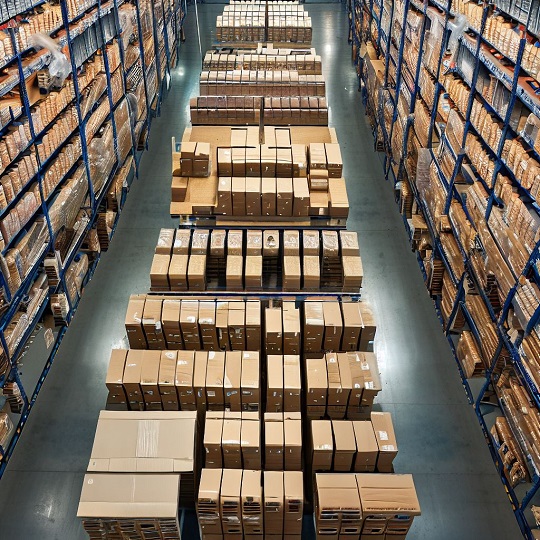
Moreover, when items are packaged in sizes that match standard container dimensions, it’s easier to use the same vanning practices throughout the transportation network.
This consistency helps different groups involved in shipping, like companies, freight forwarders, and warehouses, work together more efficiently.
Plus, using standardized packaging helps the environment by reducing waste and minimizing the environmental impact of making and disposing of packaging materials.
In short, packaging that’s designed to fit standard container sizes is key for making vanning and logistics operations compatible, efficient, and sustainable.
Advanced Technology
Using technology like container loading software is a big help in making standardized vanning layouts.
This software uses fancy algorithms and simulations to figure out the best way to pack cargo into shipping containers. It considers things like how heavy the cargo is, its size, and safety rules.
By automating the packing process, this technology reduces mistakes and makes sure containers are filled up as much as possible, leading to more consistent layouts across shipments.
Plus, it lets logistics workers see how things are being packed in real-time, so they can make changes if needed to use space and weight better.
Container loading software also makes sure that safety rules for loading containers are followed.
These rules often have specific requirements for how cargo should be arranged to prevent accidents during transport.
By using this software, logistics managers can make loading plans that stick to these rules, reducing the risk of accidents and making sure goods travel safely.
Additionally, the software keeps records of loading plans, so it’s easy to show that safety rules were followed if needed.
Overall, using technology like container loading software helps create standardized vanning layouts by using space well, following safety rules, and making the packing process smoother in logistics operations.
Challenges to Standardization
Even though standardizing container vanning layouts could be really helpful, there are some things that might get in the way.
Variability in Cargo
When cargo items have irregular shapes or sizes, it makes standardizing vanning layouts tricky. Unlike regular-shaped cargo, irregular items don’t always fit neatly into containers with set dimensions.
This means logistics workers have to come up with customized layouts to fit these unique items, which makes the vanning process more complicated.
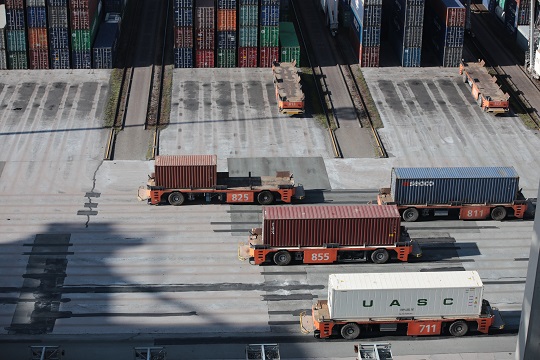
They have to plan carefully to use space well while keeping everything stable and safe during travel.
Plus, irregularly shaped items can mess with weight distribution inside the container, which could lead to accidents or damage during transportation.
To deal with this challenge, logistics companies use special techniques and equipment for vanning.
This might include using custom-made containers or systems to secure cargo that doesn’t fit standard sizes.
They also use high-tech tools like 3D modeling and simulation software to create custom layouts that use space efficiently and keep things stable.
Even though it’s complicated, finding smart solutions for vanning irregular cargo is important for making the most of container space and making logistics operations run smoothly while staying safe and following rules.
Specialized Requirements
Some goods, like hazardous materials or fragile items, need special handling and storage that might not fit standard vanning layouts.
For example, hazardous stuff has to be kept separate and stored safely to prevent spills or contamination while being moved.
This might mean putting them in specific parts of the container or using special containers with safety features.
Fragile items need careful packaging and padding to stop them from breaking, so they might need to be arranged in a special way inside the container to keep them safe during travel.
These special requirements can make the vanning process more complicated because logistics workers have to plan carefully to follow safety rules while still using space well.
To handle goods with special needs, logistics companies have to come up with custom solutions that put safety first.
This might involve making unique loading plans that consider the specific needs of the goods, like how fragile or hazardous they are.
Logistics workers might also need special training to make sure they know how to handle and store these goods safely and efficiently.
By using custom solutions for goods with special handling needs, logistics companies can lower the risk of accidents or damage during transport, follow safety rules, and meet customer expectations for safe delivery.
You might also like:
- 10 Strategies to Succeed in Supply Chain without Formal Education
- The Domino Effect: Unraveling 10 Consequences of a Weak Supply Chain Team
Regulatory Compliance
Different countries and regions have their own rules for loading containers, which can be pretty different when it comes to things like how much weight is allowed, how cargo needs to be secured, and how hazardous materials are handled.
These rules are there to keep transportation safe and protect the cargo and the environment.
But because these rules can vary a lot, it might mean changing up the standard way of loading containers to follow the rules when shipping goods between countries.

For example, some places might have stricter weight limits for trucks on the road, so the cargo in containers might need to be arranged differently to meet these rules.
Also, certain areas might have specific rules about how hazardous materials are handled, so the way things are packed in containers might need to be adjusted to follow these rules.
To deal with these differences in rules and make sure they’re followed, logistics companies need to know what the rules are for each country or region they’re working in.
This might mean doing research and talking to officials who know about the rules to figure out how to adjust the way containers are loaded.
They can also use technology like container loading software to help make plans that follow the rules while still using space well and keeping things safe.
By being proactive about following the rules and making changes to how containers are loaded, logistics companies can make cross-border shipping smoother and avoid problems like delays or fines for not following the rules.
Unique Transport Needs
Sometimes, special ways of transporting goods, like using refrigerated containers for perishable stuff or flat racks for big items, need their own custom ways of packing that can’t be used for all shipments.
For example, refrigerated containers, also called reefers, need specific temperatures to keep perishable goods fresh during travel.
This means packing goods in a way that keeps the temperature and airflow even inside the container.
Flat racks are made for big or oddly shaped items that can’t fit in regular containers, so they need special arrangements to keep the cargo safe and stable during travel.
These special transport methods are great for meeting different shipping needs, but they need custom ways of packing to use space well and keep goods safe.
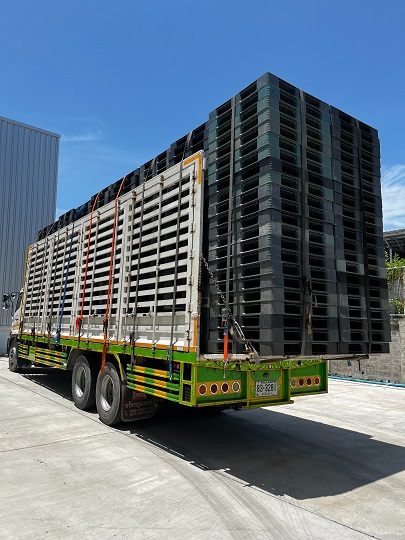
To handle these special transport methods, logistics companies need to come up with flexible ways of packing that can be adjusted for each shipment.
This might mean working closely with shippers to understand what they need and making custom plans that make shipping efficient and safe.
Logistics managers also need to make sure their workers know how to handle the special equipment and cargo, like knowing how to load and secure things properly.
By being flexible and finding new ways of packing, logistics companies can use special transport methods to meet the needs of their customers while making sure goods get where they need to go safely and efficiently.
Navigating Non-Standard Conditions
When standardizing isn’t possible, it’s important to be flexible and use adaptive strategies.
Customized Solutions
Creating custom vanning layouts that fit the cargo’s unique features is really important to use space well and keep things safe during transport. It starts with understanding the size, weight, fragility, and any special needs of the cargo.
Logistics managers use this info to make plans that fill up the container while keeping everything stable and balanced during travel.
For example, fragile stuff might need extra padding to avoid breaking, and big items might need special arrangements to fit inside the container.
Using fancy technology like container loading software can help make these custom plans by simulating different ways to load the container and using space efficiently.
This software uses smart calculations to make plans that fit the cargo’s needs while following safety rules.
Plus, regularly checking and improving these plans based on how well they work in real transport can make things even better.
By making custom plans that fit the cargo’s needs, logistics companies can use space better, lower the risk of damage or accidents, and make transportation more efficient overall.
Dynamic Planning
Being flexible in planning is super important in logistics because cargo types and regulations can change a lot.
This flexibility helps logistics managers adapt quickly to things like unexpected changes in cargo size or weight, as well as new rules.
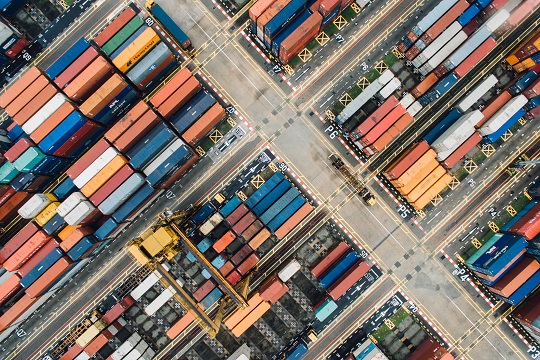
By being agile in planning, logistics companies can adjust how they load containers to fit different types of cargo and meet rules from different places.
They might make standardized layouts that can be easily changed to fit each shipment, which makes planning efficient and flexible.
Also, being flexible in planning helps logistics companies respond well to changes in the market and what customers want.
By staying flexible with container layouts, managers can use containers better and spend less on transportation while still meeting each customer’s needs.
This might mean using data and analytics in real-time to find ways to improve and change container layouts.
Plus, working together with shippers, carriers, and rule makers is really important to make sure planning stays flexible and adaptable.
By being flexible in planning, logistics companies can move quickly, make customers happy, and stay competitive in an industry that’s always changing.
You might also like:
- Top 10 Key Considerations in Choosing Self-Managing Logistics or Using 3PL Services
- Top 10 Job Functions Suitable for Introverts in Supply Chain Management
Continuous Improvement
Regularly checking and improving how we load containers is really important for making logistics run better.
By looking at data, getting feedback from everyone involved, and reviewing past shipments, managers can find ways to make loading more efficient and effective.
This means making small changes to how things are loaded to use space better, make things safer, and make loading go smoother.
Using fancy technology like data analytics and machine learning can help find patterns in how cargo is handled and make smart decisions to improve loading.
Regularly checking and improving loading processes also helps logistics companies keep up with changes in the market, what customers want, and rules they need to follow.
By staying up to date with what’s going on in the industry and learning from what’s worked in the past, managers can find new ways to make loading better.

This might mean trying out new technology, following industry rules, or changing how things are done to meet new rules.
Plus, making sure everyone on the team shares what they’ve learned and keeps trying to get better helps make loading even better.
Overall, regularly checking and improving loading processes helps logistics companies keep up with changes and make things run smoother, which makes customers happier too.
Collaboration
Working together with everyone involved in shipping, like shippers, carriers, and logistics providers, is super important for making vanning work well.
By bringing together knowledge from different parts of the supply chain, we can come up with smart ways to pack that fit each shipment’s needs.
For example, shippers know about the cargo and what special handling it needs, while carriers and logistics providers know about container sizes, transportation routes, and rules to follow.
This teamwork helps us make plans that use space well, save money on transportation, and keep goods safe during travel.
Working together also helps with communication and making sure everyone’s goals line up throughout the supply chain.
By talking openly and sharing info, we can solve problems together and find solutions that work for everyone.
This teamwork also helps us find new ways to make vanning better and keep improving how we do things.
Overall, working together with everyone involved in shipping helps us make smarter, more efficient, and customer-focused plans that fit each shipment’s needs.
Conclusion
Standardizing container vanning layouts is great for making things run smoothly, but sometimes it’s not possible.
When that happens, it’s important to be flexible and work together with others involved in shipping.
By being adaptable and collaborating, businesses can handle non-standard situations well and make container vanning work better for the supply chain’s changing needs.
I hope you find it helpful!
Please share this article with your colleagues so they can also benefit. For more insights on supply chain management, follow my LinkedIn account. You’re free to use all articles on this blog for any purpose, even for commercial use, without needing to give credit.

 by
by 